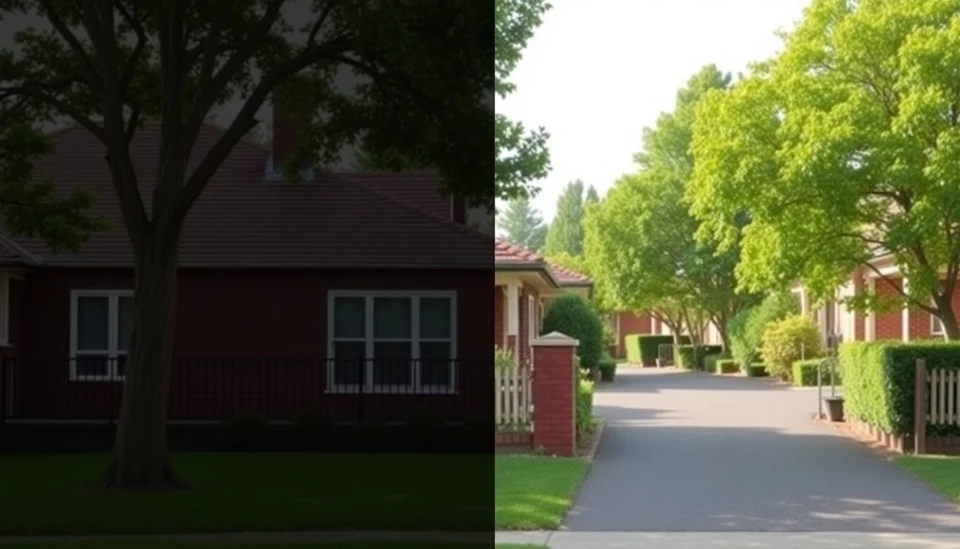
Australia's housing market is once again under the microscope as prices continue to climb, leaving many to wonder about the underlying factors driving this phenomenon. Recent analysis indicates that several elements contribute to the persistent surge in property values across the country, coupled with the implications on forthcoming election policies aimed at addressing these concerns.
Drawing interest from potential homebuyers, developers, and government officials alike, the Australian housing market has displayed unique traits that differentiate it from global counterparts. Despite undergoing various economic fluxes in recent years, including the pandemic and inflationary pressures, property prices in major metropolitan areas have remained resilient, particularly in cities like Sydney and Melbourne.
One prominent factor attributed to this housing boom is the acute shortage of available homes relative to the growing demand. Population growth, driven by both domestic migration and an influx of international newcomers seeking opportunities in Australia, has heightened the already intense competition in the housing sector. The demand for housing continues to surge while supply struggles to keep pace, exacerbating an already tight market.
Moreover, low interest rates have played a significant role in fueling the price hikes. Historically low borrowing costs have incentivized buyers to enter the market, often pushing bidding wars into higher ranges. This environment has allowed many Australians to secure larger loans, further inflating house prices and making it increasingly challenging for first-time buyers to gain a foothold in the market.
Accompanying the increasing prices is a political backdrop that highlights contrasting approaches from various parties regarding real estate policy. As the country heads toward the next election, numerous discussions revolve around potential measures to stabilize the housing market. These proposals range from increasing the supply of affordable housing to altering tax incentives for property investors, aiming to create a more equitable landscape for prospective homeowners.
However, the complexity of implementing these policies raises critical questions about their effectiveness. Political leaders and economists are divided on the feasibility of proposed solutions, especially concerning the balance between stimulating the housing market and maintaining affordability. With many households allocating a significant portion of their income to mortgage payments, the stakes are high, and any missteps could have far-reaching impacts.
As election season heats up, it is clear that housing will remain a focal point in political discourse. Candidates are keenly aware that voters are increasingly concerned about housing affordability and accessibility. As they vie for support, their positions on real estate policies will likely play a crucial role in shaping public perception and electoral outcomes.
While the Australian housing market continues to exemplify resilience in the face of adversity, the persistent rise in property prices raises alarms for many citizens. The confluence of demographic trends, economic variables, and evolving political landscapes underscores the complexity of Australia's housing crisis, suggesting that homeowners and potential buyers will need to navigate an ever-changing terrain in their pursuit of property ownership.
#AustraliaHousingMarket #RealEstate #HousePrices #Election2025 #PropertyTrends
Author: Rachel Greene
